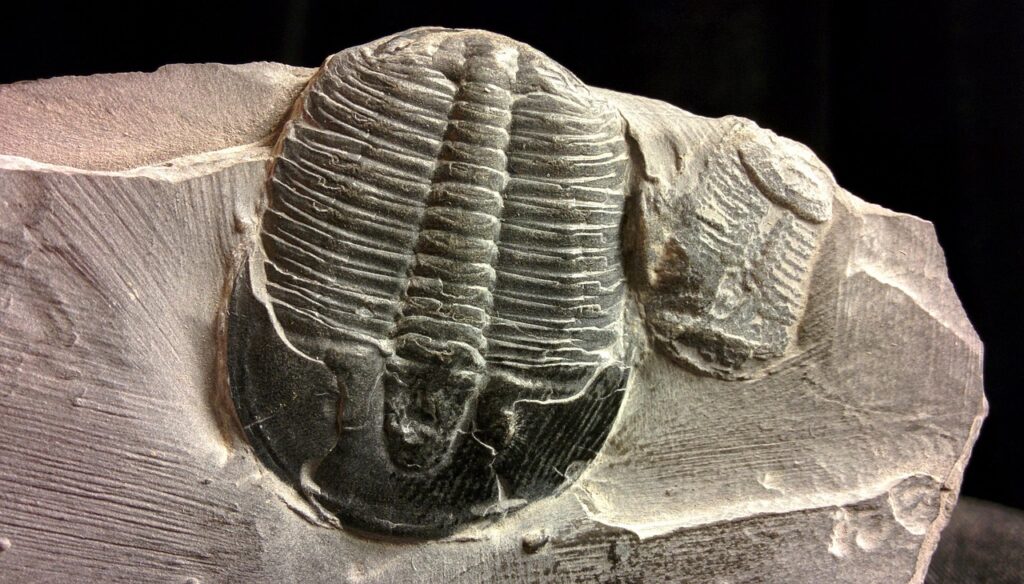Imagine finding a fossil so perfectly preserved that scientists couldn’t believe their eyes. Picture stumbling upon ancient creatures whose defensive systems were so sophisticated they seemed like engineering marvels from another world. These weren’t mythical beasts, but real animals that dominated prehistoric oceans with armor so advanced it challenged everything paleontologists thought they knew about evolution.
The story of these armored marine giants reveals one of the most fascinating chapters in Earth’s history. It’s a tale of biological innovation, survival strategies, and defensive mechanisms that pushed the boundaries of what was thought possible in the natural world. Let’s dive into the depths of deep time to uncover how these creatures revolutionized ocean ecosystems and left scientists scratching their heads for over a century.
The Mystery That Started It All

When paleontologists first discovered scattered fossil fragments in the late 1800s, they had no idea they were looking at pieces of a revolutionary predator. Initially, in 1892, a single frontal appendage was mistakenly described as the body of a phyllocarid crustacean, leading to the name Anomalocaris canadensis. Later, other parts were found and misidentified, such as its circular mouth being thought of as a jellyfish, and a decomposed full body being mistaken for a sea cucumber. These pieces, preserved in the Burgess Shale of British Columbia, Canada, presented a complex puzzle for paleontologists, likened to assembling a jigsaw without the box picture.
The confusion surrounding these fossils perfectly captures how extraordinary these creatures truly were. The true nature of Anomalocaris began to emerge in the early 1980s when paleontologist Harry Whittington, working with Derek Briggs, pieced together the disparate fossils. They discovered that the “shrimp” appendage and “jellyfish” mouth belonged to a single, large animal. The complete reconstruction revealed an animal estimated to reach lengths of up to 38 cm, excluding its frontal appendages and tail fan, making it one of the largest animals of the Cambrian period.
Giants That Ruled Ancient Seas
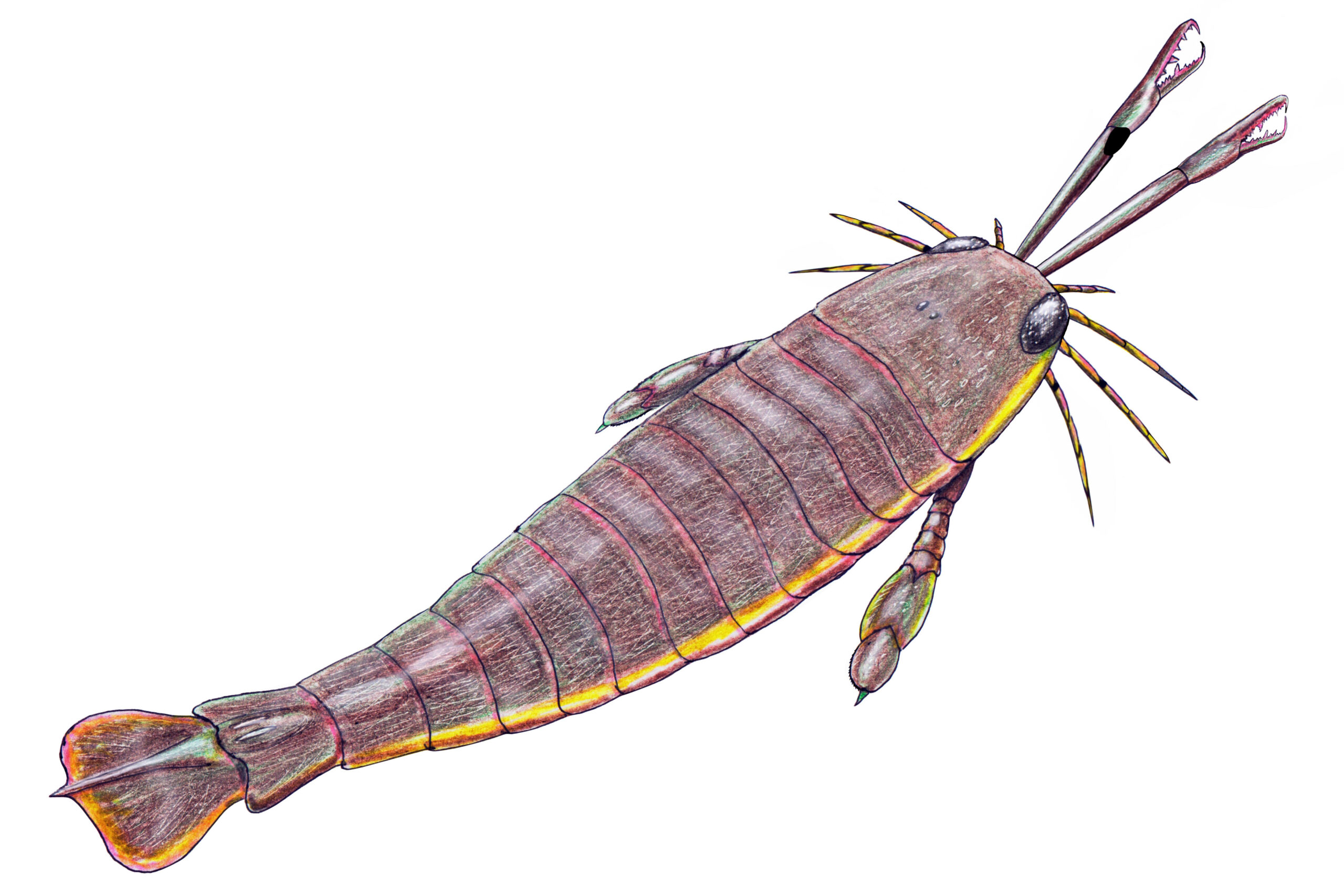
Estimated to reach 34.2–37.8 cm (13.5–14.9 in) long excluding the frontal appendages and tail fan, Anomalocaris is one of the largest animals of the Cambrian, and thought to be one of the earliest examples of an apex predator, though others have been found in older Cambrian lagerstätten deposits. Yet this was just the beginning of prehistoric marine gigantism. The oceans were soon dominated by even more impressive armored beasts.
Among the various eurypterid species, Jaekelopterus rhenaniae stands out as particularly impressive, holding the title of the largest known sea scorpion and the largest arthropod ever discovered. Based on a massive fossilized claw found in Germany, scientists estimate this colossal creature reached lengths of up to 2.5 meters (8.2 feet), making it a true titan of the ancient world. This Devonian super-predator lived approximately 390 million years ago in freshwater environments, contradicting earlier assumptions that the largest sea scorpions were exclusively marine. Jaekelopterus possessed formidable front claws that could extend forward almost half a meter, capable of seizing prey with devastating efficiency. The sheer size of this creature would have made it an apex predator in its ecosystem, likely feeding on fish, smaller arthropods, and possibly even early amphibians venturing near water.
The Living Tanks of Devonian Seas

One of the largest known arthrodires, Dunkleosteus terrelli, was 3.5–4.1 metres (11–13 ft) long, and is presumed to have had a large distribution, as its remains have been found in Europe, North America and possibly Morocco. Some paleontologists regard it as the world’s first vertebrate “superpredator”, preying upon other predators. This heavily armored fish represented something entirely new in the evolutionary arms race.
This fish, although powerful and carnivorous, had no teeth, but sharp bone plates that formed a kind of beak. This weapon was one of the strongest and best killing machines. Even modern sharks, including the great white shark, cannot boast of similar bite force. Only the megalodon had stronger jaws – a prehistoric, powerful shark that appeared on Earth several hundred million years after Dunkleosteus. The engineering behind its armor defied conventional understanding of biological materials.
The head was most likely covered by thick armor; the other parts of the body were soft, so they decomposed quickly. As the body was not covered with a characteristic, hard shell, it allowed for more agile, though still slow, movements. Pigment cells found on the skeletons show that the fish had a dark color on the back, while the belly was covered with silvery skin.
Evolutionary Arms Race in Action
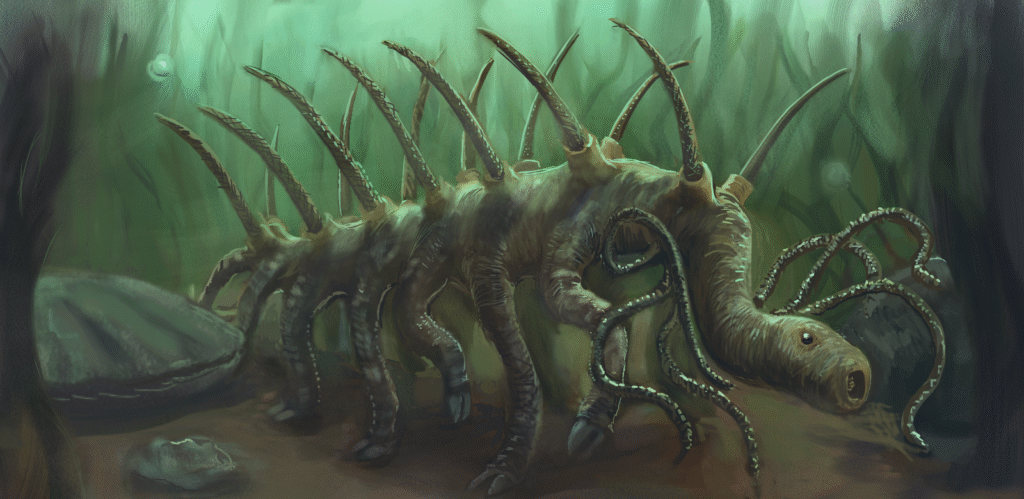
The presence of these armored predators triggered an unprecedented evolutionary response among their prey. The presence of an active and visually acute predator drove an evolutionary “arms race,” influencing the development of armor, burrowing behaviors, and other protective adaptations in prey species. This wasn’t just survival of the fittest – it was survival of the most innovative.
Despite the impressive adaptations of the world’s first predators, those that were preyed upon soon developed their own line of defenses. Hallucigenia sparsa, a worm, is notable for the porcupine-like spikes that covered its back – an efficient way to ward off hungry jaws. Opabinia took a different approach and evolved five mushroom-like eyes that allowed it to see predators approaching from many directions. Additionally, its segmented portions were filled with fluid in order to be more flexible, an important trait for avoiding capture.
Perhaps the most famous creatures to emerge during the Cambrian were the trilobites. Relatives of insects, crabs, and spiders, there were over 20,000 trilobite species that lived between the Cambrian and the end of the Paleozoic Era when they went extinct, some 252 million years ago. Prolific survivors with a segmented body plan that could be easily modified and altered, they soon dominated the seafloor.
The Trilobite Defense System

Trilobite fossils are often found “enrolled” (curled up) like modern pill bugs for protection; evidence suggests enrollment (“volvation”) helped protect against the inherent weakness of the arthropod cuticle that was exploited by anomalocarid predators. The earliest evidence of volvation is a little over 510 million years old and has been found in Olenellidae, but these forms did not have any of the interlocking mechanisms found in later trilobites.
It is a defense strategy for animals with hard exoskeletons and softer tissues on their underside. We see enrollment in modern animals including pill bugs (isopods), pill millipedes (millipedes), and even armadillos. By enrolling their bodies, these animals can protect their vulnerable soft tissues with their hard exoskeletons from predators. Recent research has revealed just how sophisticated this defensive mechanism truly was. These fossils allowed us to compare trilobites with modern arthropods and see that there is really only one way to accomplish enrollment given the arthropod body plan. It’s a great example of convergent evolution amongst all these different lineages, and across a huge swath of time because we’re seeing this in the Ordovician and today. It’s an important strategy for survival that thrives today.
Sea Scorpions: The Armored Assassins

Among the diverse eurypterid genera, Carcinosoma species stand out for their distinctive heavily-armored bodies and specialized hunting adaptations. Thriving during the Silurian period approximately 430-420 million years ago, these robust sea scorpions featured thick exoskeletons covered with protective tubercles (small bumps) that likely deterred potential predators. Their armor wasn’t just for show – it was a carefully engineered defensive system.
Unlike the streamlined forms of other eurypterids adapted for swift swimming, Carcinosoma species developed more robust body proportions suggesting a different hunting strategy. Their first pair of walking legs evolved into specialized grasping appendages with spiny surfaces, perfect for seizing and holding struggling prey. Based on their morphology, paleontologists believe Carcinosoma were ambush predators that likely lurked partially buried in sediment, waiting to lunge at passing prey rather than engaging in extended chases. With a protective exoskeleton for defense and nasty claws for offense, large sea scorpions were a top danger of the sea during their heyday. They were also highly mobile, to the point that they could migrate across entire oceans.
The Placoderm Revolution
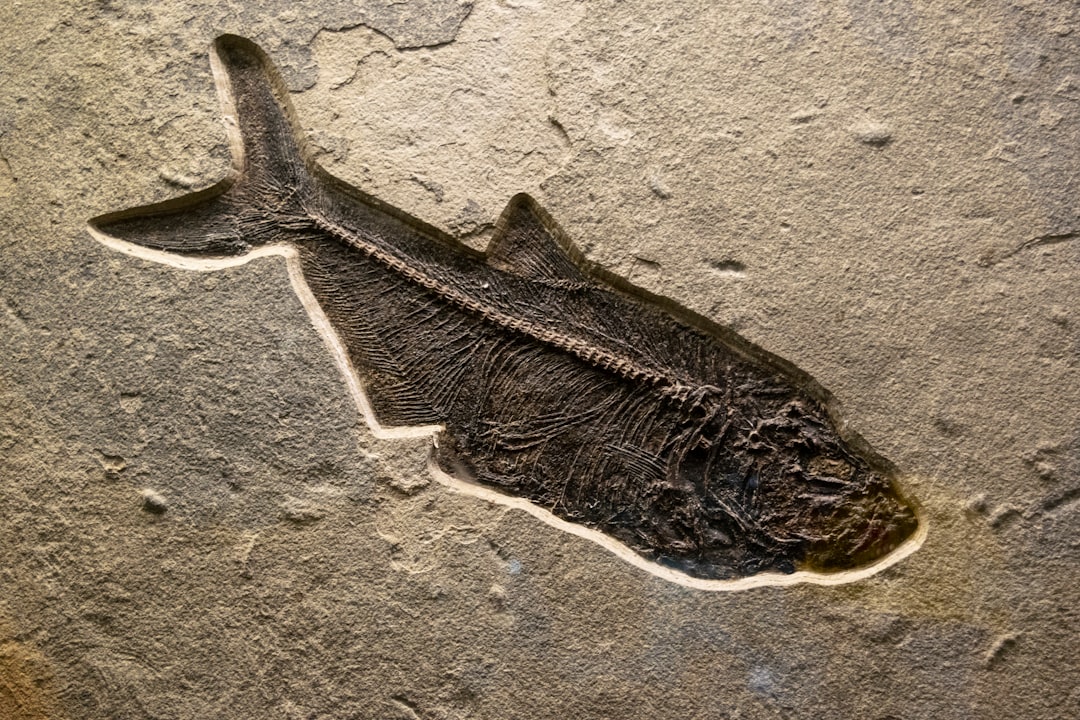
The Placodermi were a class of armored prehistoric fish, known from fossils, which lived from the late Silurian to the end of the Devonian Period. Their head and thorax were covered by articulated armoured plates and the rest of the body was scaled or naked, depending on the species. Placoderms were among the first jawed fishes; their jaws likely evolved from the first of their gill arches. These weren’t just fish with armor – they were revolutionary new body plans.
As such (paraphrasing Palaeos), the entire class has been popularly misunderstood as being merely a tribe of heavily armored bottom-feeders, even though they were actually the dominant vertebrate group during the Devonian. The vast majority of placoderms were predators, many of which lived at or near the bottom. Many, primarily the Arthrodira, were mid- to upper-water dwellers, and were active predators. Their success challenged the traditional view of evolution as a gradual, predictable process.
The Ultimate Extinction
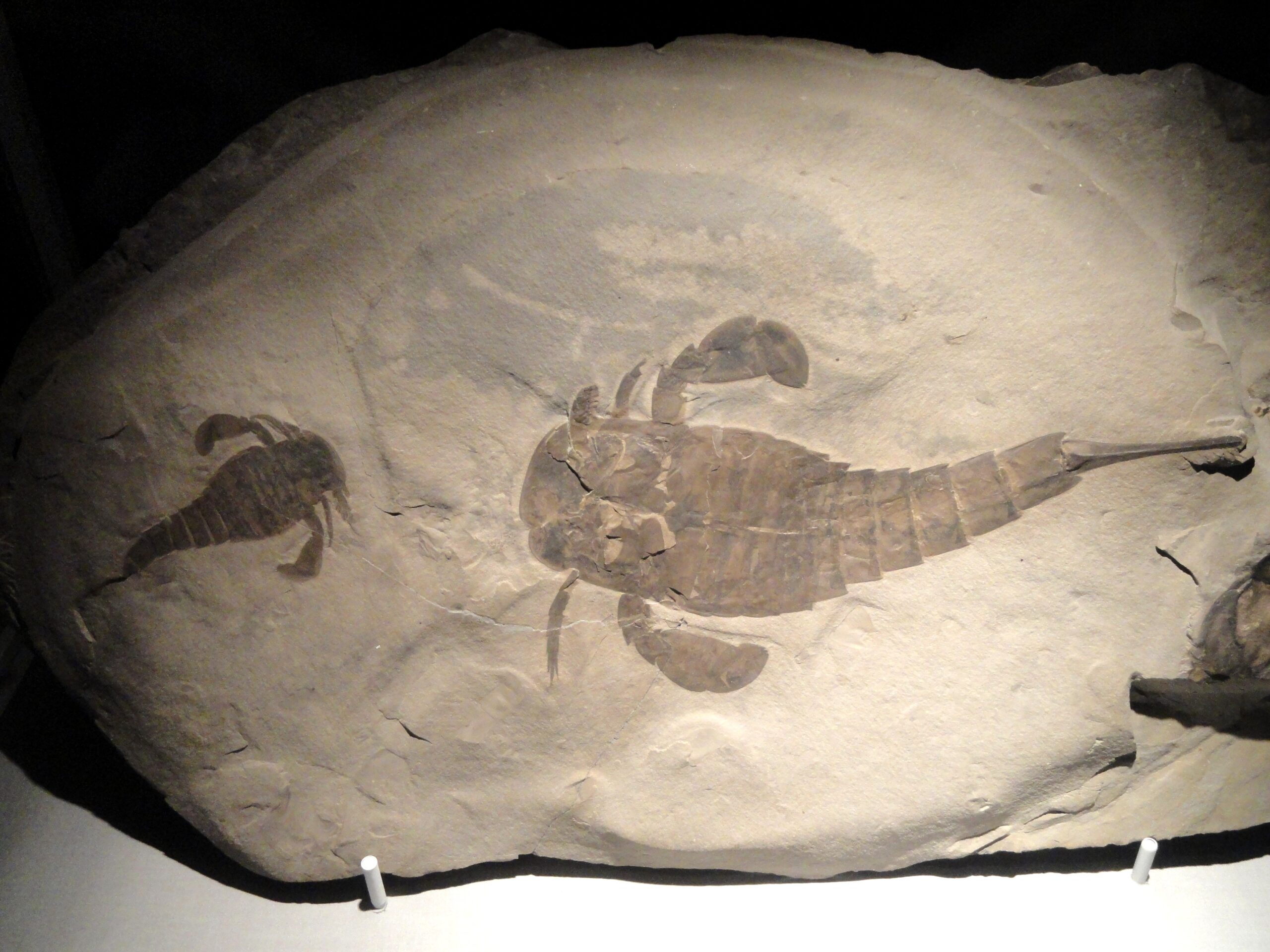
This enabled them to become a global apex terror of the seas, but for reasons not entirely understood by science, the reign of the sea scorpion suddenly ended at the close of the Paleozoic Era, roughly 252 million years ago. This also marked the end of arthropods of such massive size, which makes the massive sea scorpions both true originals and the last of their kind – which might be sad for the Arthropoda phylum, but great news for ocean swimmers everywhere.
It was thought that placoderms went extinct due to competition from the first bony fish, and the early sharks, given a combination of the supposed inherent superiority of bony fish, and the presumed sluggishness of placoderms. But after more accurate summaries of prehistoric organisms, it is now thought that the last placoderms died out one by one as each of their ecological communities suffered the environmental catastrophes of the Devonian/Carboniferous extinction event. The armor that had protected them so well became a liability in changing ocean conditions.
Legacy of the Armored Giants

One of the earliest groups of arthropods to appear in the fossil record, trilobites were among the most successful of all early animals, existing in oceans for almost 270 million years, with over 20,000 species having been described. Because trilobites had wide diversity and an easily fossilized mineralised exoskeleton made of calcite, they left an extensive fossil record. The study of their fossils has facilitated important contributions to biostratigraphy, paleontology, evolutionary biology, and plate tectonics.
These creatures left us more than just fossils – they revolutionized our understanding of life itself. The defensive systems they evolved were so sophisticated that they continue to inspire modern biomimicry research. From military armor design to robotics, engineers still study the structural innovations these ancient animals developed millions of years ago.
The story of prehistoric armored sea creatures reads like science fiction, yet every detail has been painstakingly reconstructed from fossil evidence. These animals didn’t just survive in their harsh ancient world – they thrived by developing defensive systems so advanced they seemed to defy the very rules of evolution. Their legacy reminds us that nature’s ingenuity knows no bounds, and that sometimes the most incredible innovations come from the simple need to survive another day. What would you have guessed about evolution’s creative potential before learning about these remarkable ancient engineers?

